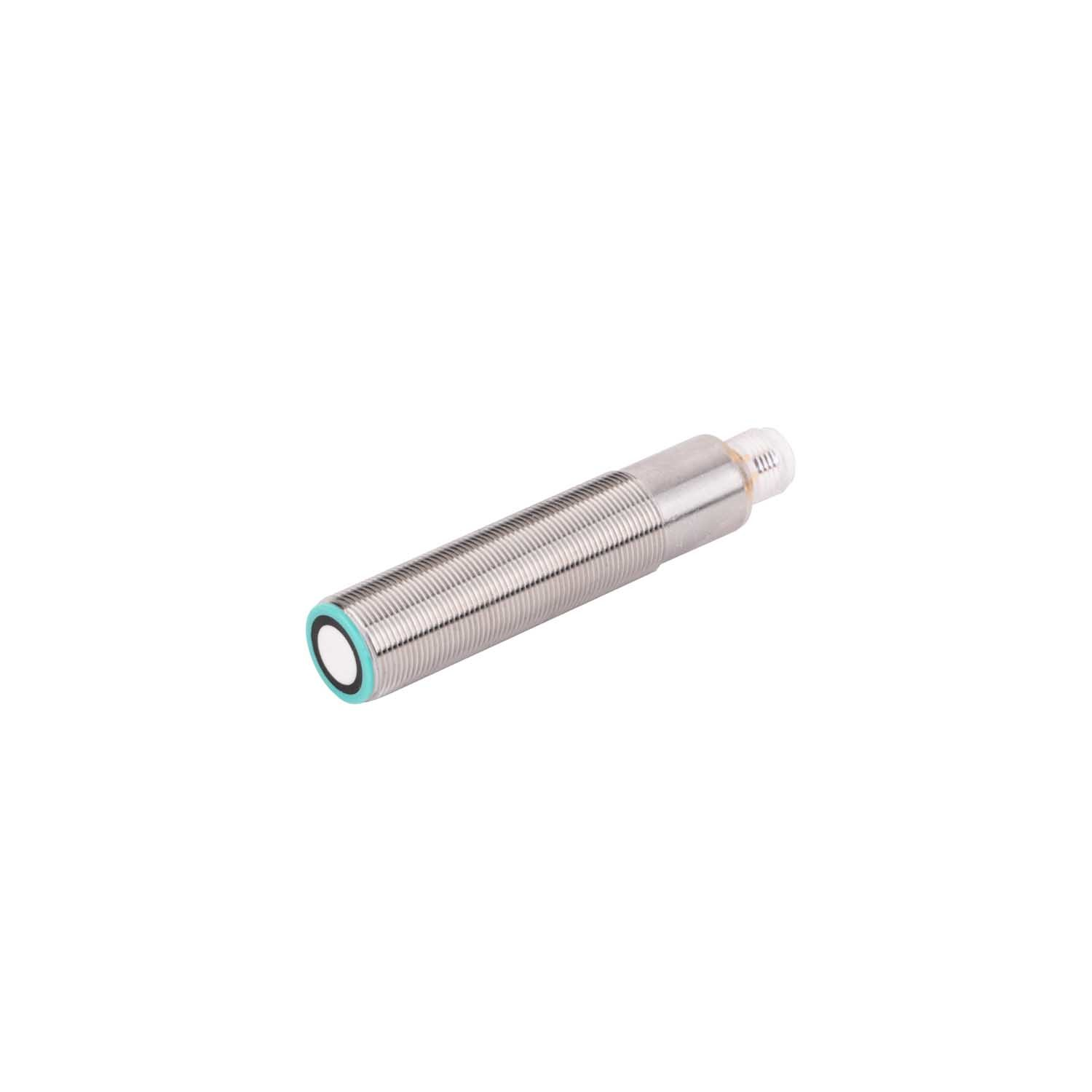photo electric sensor
A photoelectric sensor is an advanced electronic device that uses light to detect the presence, absence, or distance of objects. Operating on the principle of light emission and reception, these sensors consist of an emitter that projects a beam of light and a receiver that detects changes in the light pattern. When an object interrupts or reflects the light beam, the sensor triggers a response. The technology incorporates various detection methods including through-beam, retro-reflective, and diffuse sensing, making it incredibly versatile for different applications. Modern photoelectric sensors feature adjustable sensitivity, multiple output options, and robust housing designs that protect against environmental factors. They excel in industrial automation, manufacturing processes, security systems, and quality control applications. These sensors can detect objects as small as a few millimeters and operate at distances ranging from a few centimeters to several meters. Advanced models include features like background suppression, which allows them to ignore objects beyond a set distance, and digital displays for easy configuration and monitoring. The sensors' rapid response time, typically in milliseconds, enables them to handle high-speed applications effectively.











